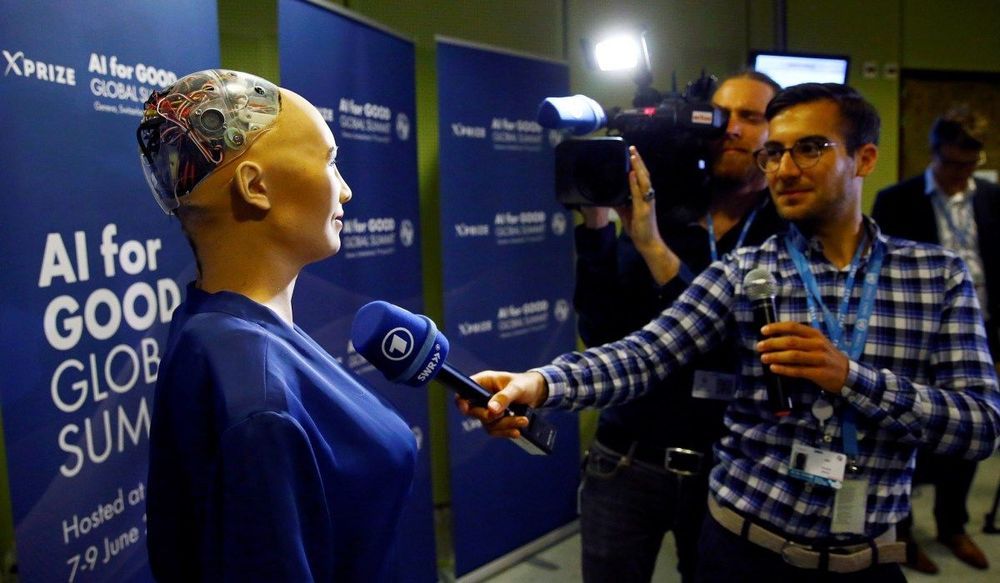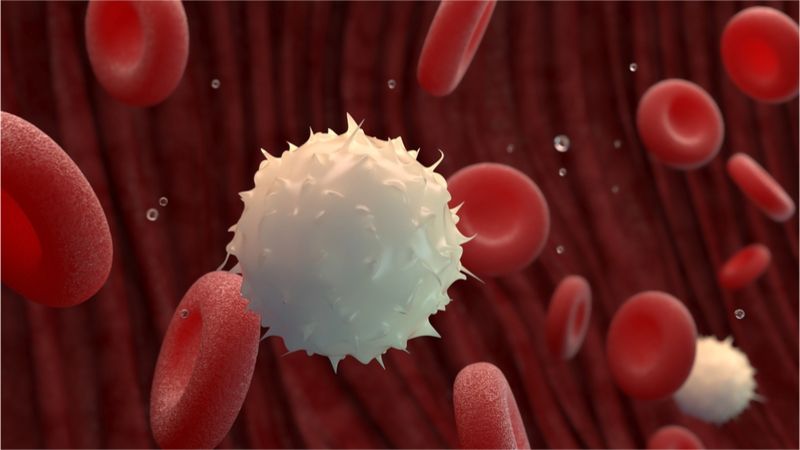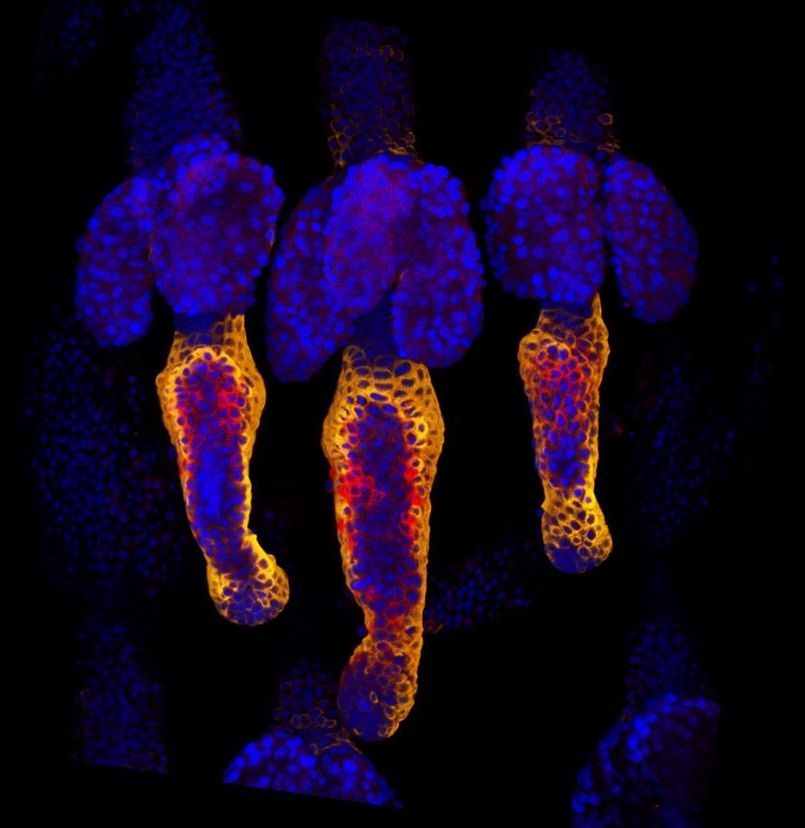Alzheimer’s disease may soon be spotted through a simple eye test, after scientists discovered tell-tale alterations in the retina and blood vessels when dementia is present.
Currently diagnosing Alzheimer’s is tricky, requiring an expensive brain scan, a risky spinal tap or in most cases a behavioural assessment by a doctor based on symptoms.
But US scientists at the Duke Eye Centre in North Carolina, wondered if changes might also be visible in the retina, which is an extension of the brain and so could offer a window into what is happening behind the skull.







